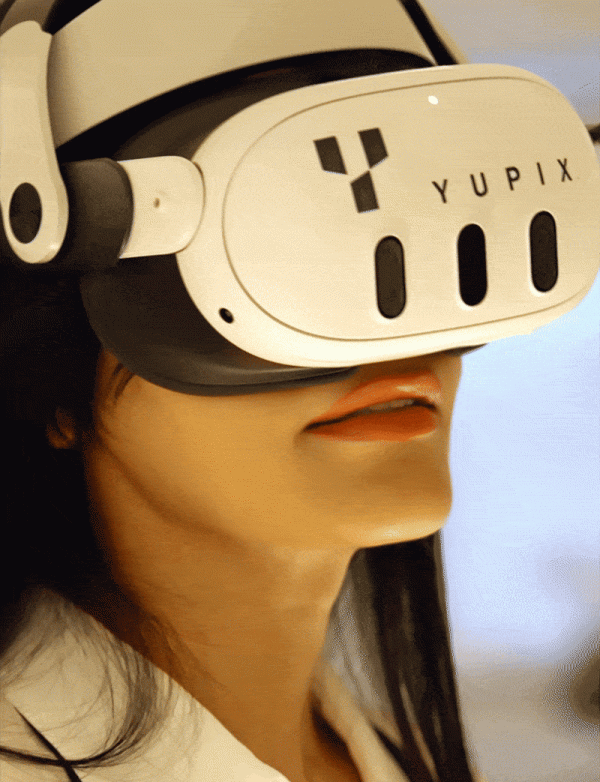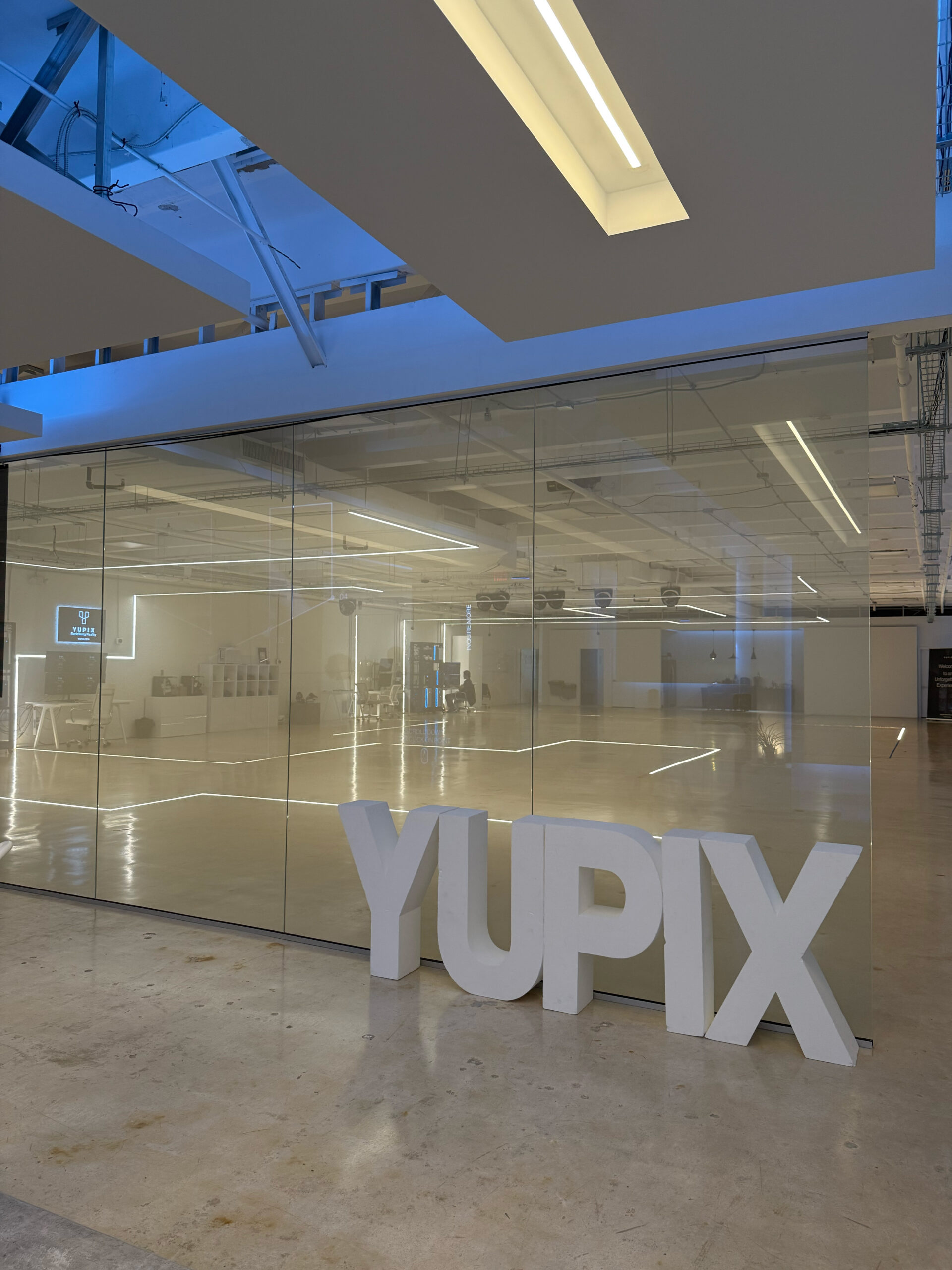There are moments in design when you can feel the future taking shape right in front of you. Standing in a space that doesn’t yet exist, moving through it, experiencing its volume and emotion in real time—this is no longer a far-off concept. It’s the reality of virtual design, and it’s radically shifting what we imagine possible. The boundary between the imagined and the built is dissolving. That’s where things start to get interesting.
During a recent conversation with the team at YUPIX in Miami, I was introduced to a platform that’s redefining what it means to visualize space. Their work in immersive virtual environments is not about spectacle. It’s about clarity, intuition, and storytelling. You’re not looking at a static rendering. You’re stepping into a living experience. That kind of presence unlocks a deeper emotional response from clients and allows decisions to be made with more confidence, more quickly.
Technology has always had a role in design, but today it’s doing more than streamlining workflows or enhancing visualizations. It’s changing the way we think. It’s shifting the way we create. The possibilities are no longer confined to the physical world—they’re being reimagined in virtual space. That introduction to YUPIX broadened my perspective on how immersive tools like virtual reality are set to reshape not only the future of interior design, but also how we serve our clients, collaborate with partners, and envision what’s possible.
In my own work, I’m constantly seeking ways to elevate how a space feels. That pursuit doesn’t stop with physical materials or architectural forms. It now includes virtual and experiential dimensions. YUPIX, for example, offers immersive experiences that allow clients, designers, developers, and brokers to step inside a space before it exists. It’s not a rendering. It’s a walk-through.
That kind of presence creates a powerful emotional connection. It gives clients agency and vision early in the process, which ultimately leads to faster decision-making and more confident investments. In the world of high-end residential and commercial development, that kind of foresight is not just convenient. It’s invaluable.
But it doesn’t stop at VR. The design field is seeing a wave of technologies that are driving a more forward-thinking approach to our craft. AI-generated mood boards, 3D printing for custom finishes, and spatial computing tools are creating new efficiencies and unlocking entirely new forms of expression. What excites me is not the novelty of the tools themselves, but how they empower us to be more intentional. More precise. More visionary. For my team, that means being able to experiment with concepts more freely and present ideas in ways that feel tangible to the client. For clients, it means deeper trust in the process and in the end result.
This technology also transforms the way we collaborate. Whether we’re working with developers in New York, fabricators in Italy, or clients in Dubai, immersive tools break down barriers of geography and time. That’s the future. The ability to design, present, and refine in real time—without being in the same room—is no longer aspirational. It’s expected. And it’s already improving the way we manage global projects with greater agility and creative control. The clients we serve expect excellence, but they also expect efficiency. These tools allow us to deliver both, without compromise.
What struck me most about our experience with YUPIX was the mindset they bring to the table. Their work is not about novelty or spectacle. It’s about transformation. That aligns perfectly with my philosophy on design.
At its best, design invites people to see the world differently. It stirs emotion, invites perspective, and leaves a lasting impression. Technology, when used intentionally, can deepen all of those experiences. It can bring clients into the heart of the creative process and help them fall in love with what we’re building together—before it ever exists in the real world.
This is the kind of forward-thinking that drives me. It’s not just about staying ahead of the curve. It’s about reshaping the curve entirely. In a world where design and technology are becoming increasingly intertwined, I believe it’s our responsibility to lead with imagination, intelligence, and heart. That’s where the future lives, and we’re building it now.

